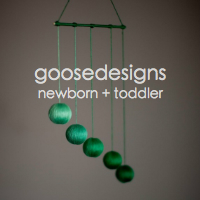When Kids Fight
B and M are currently obsessed with Thomas the Train. During our move, we lost all but one red train. You know where this is going. One day, M has it, but B wants it.
I did my usual. I said, “Brooke, ask Mackenzie if you can have it after she is done.” She started repeating after me, but, well, B wanted it NOW. So it escalates into a snatching contest. B grabs it. M takes it back. Then B takes it again. M starts crying. I’m tempted to grab it out of B’s hands and say, “M had it first.” But I try not to forcefully take things out of anyone’s hands because that just invites copycat behavior from the children.
So I pick up Brooke, put her in my lap and say, “Brooke, you need to sit here with me until you’re ready to give it back.”
I say to both of them, “Mama doesn’t know what to do. Brooke wants it. Mackenzie wants it. But we only have one train. What should we do?”
M sort of stops crying for a second. They both look at me. B says, “Mama buy another one.”
“Great idea!” I immediately add it to my mental checklist. Then I say, “Okay, but we only have one right now. What else can we do?”
They’re both thinking – and quiet. I say, “What if we go make a Thomas out of clay?”
Apparently that was a brilliant idea. M immediately goes to get the Playdoh. And then I say, “We can also draw a Thomas!” B goes to the chalkboard and starts drawing a round circular thing. My multi-talented friend Candice who was visiting us that evening – bless her heart – draws several Thomas the trains on the chalkboard and keep the kids entertained the rest of the evening.
I could have played the judge and decided who gets Thomas and who will just have to learn to deal with it. I could have taken it away from both of them. But not only would I have to endure more crying, they’d always look to me to figure things out for them. Instead, I discovered a new principle: when children are thinking, they are not fighting. Instead of figuring it out for them, let them do the problem-solving.











